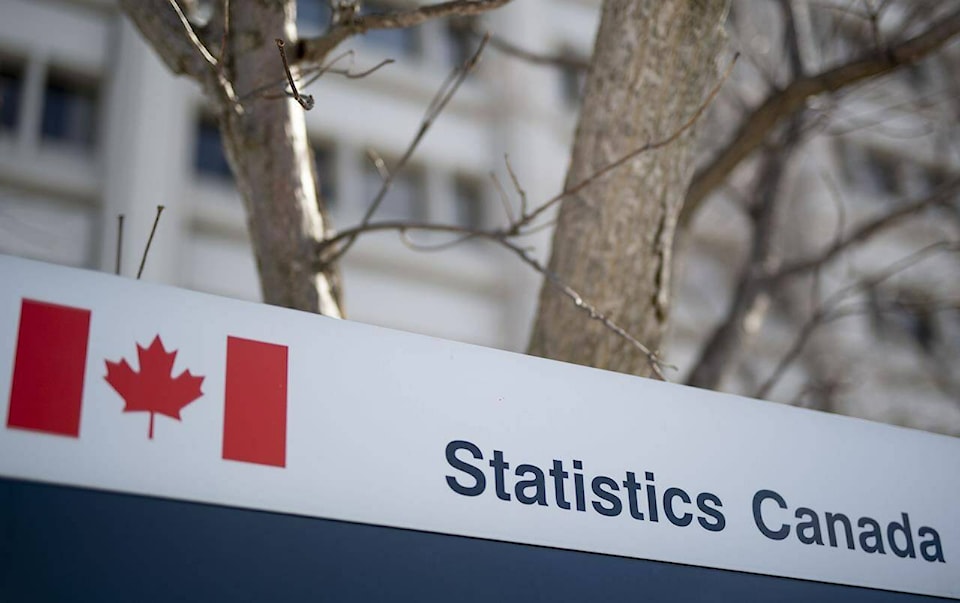The percentage of Langley residents who are immigrants to Canada has risen significantly since the last census, following the trends seen across B.C. and the rest of the country.
Census data released on Wednesday, Oct. 26 showed that 23 per cent of all Canadian residents are now either Canadian citizens who immigrated, or they are permanent residents.
Langley was very close to the national numbers.
In 2021, out of a population of 130,960, the Township saw 22.8 per cent of residents report they were immigrants, while the City, which had 28,025 residents, it was 23.3 per cent.
In the 2016 census, 19.4 per cent of Township residents were immigrants, while 17.4 per cent of City residents were immigrants.
The percentage of the Canadian population who were immigrants or permanent residents is now the highest it has ever been, passing the previous high point set in the early 1920s. Immigrants now make up 23 per cent of the population.
Statistics Canada noted that immigration is driving population growth in Canada, especially because families are, on average, having fewer children than in the past.
If the trends of the recent years continue, by 2041, between 29.1 per cent to 34 per cent of the population of Canada could be immigrants, including new Canadians and permanent residents.
READ MORE: Census data shows linguistic diversity on the rise in Canada
READ MORE: Proportion of French speakers declines nearly everywhere in Canada, including Quebec
The number of visible minorities in Langley is also on the rise.
In the Township, it was 26.6 per cent of the total population.
In 2016, the previous census, 18.7 per cent of the Township’s population was recorded as a member of a visible minority.
Indigenous Canadians are not counted as members of visible minorities in the census, but 3.9 per cent of Township residents reported First Nations, Métis, Inuit, or other Indigenous background.
Langley City had similar data as the Township.
Out of counted in the most recent census, 24.7 per cent were recorded as a visible minority.
In 2016, when the census counted 25,315 City residents, 13.8 per cent were members of a visible minority.
In addition, 5.7 per cent of the City’s population indicated they were Indigenous in their census responses in 2021.
Visible minorities is a term used by the Canadian government, but Statistics Canada indicated that it is under review for future censuses.
Have a story tip? Email: matthew.claxton@langleyadvancetimes.com
Like us on Facebook and follow us on Twitter.
